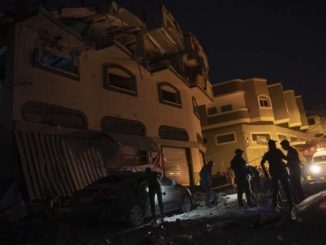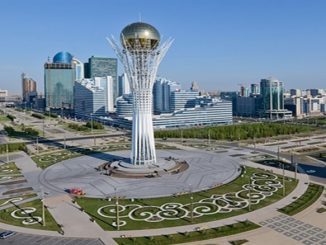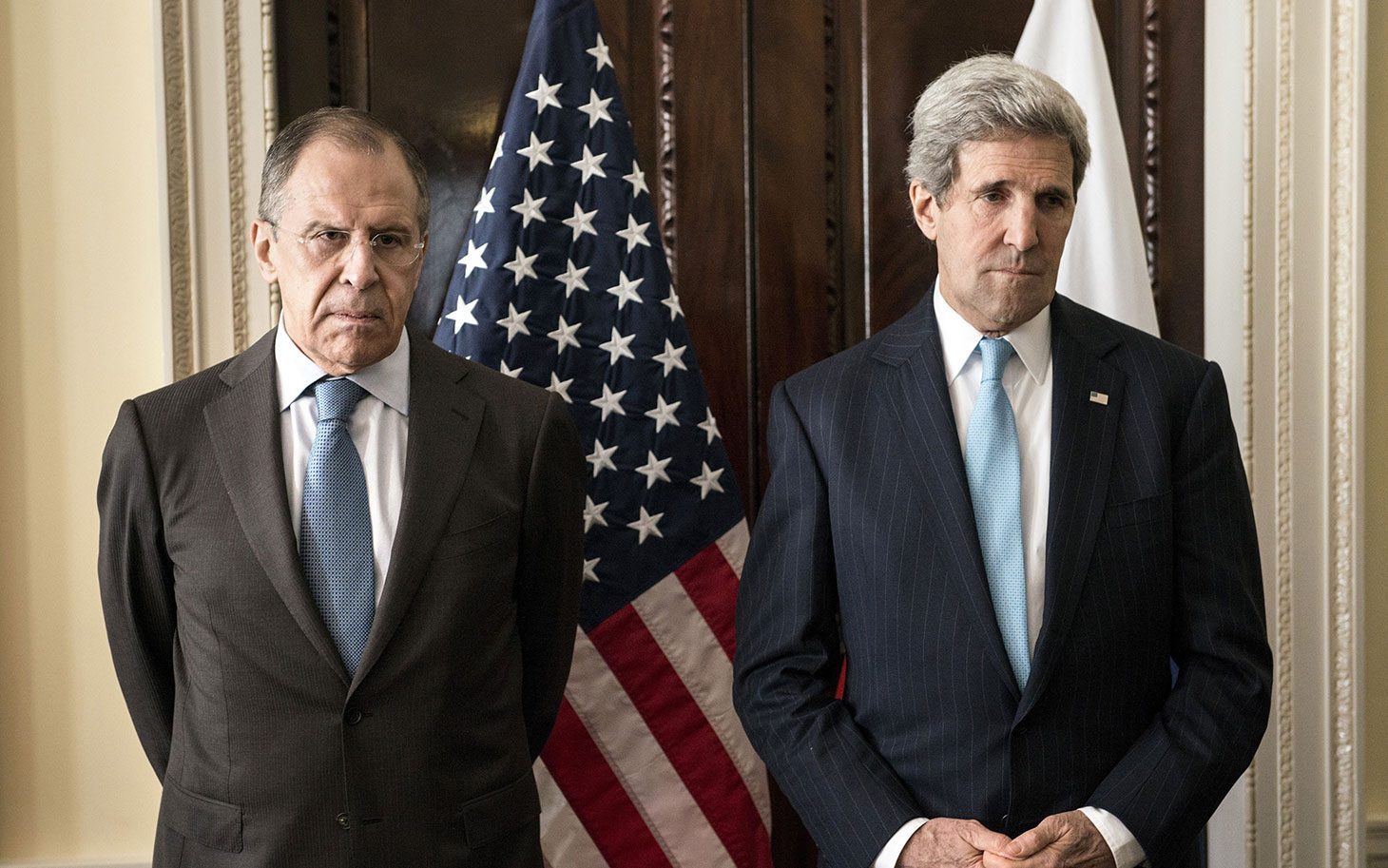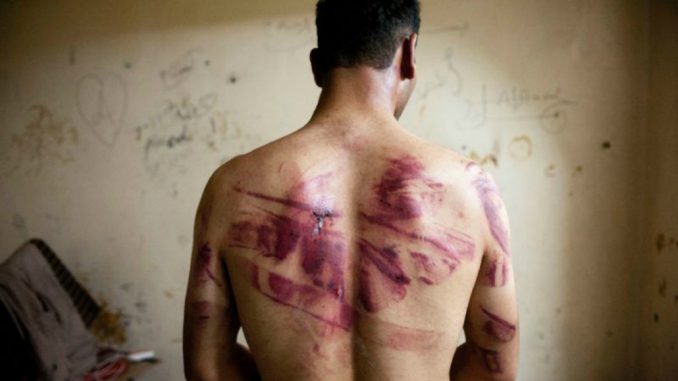
UN called on Tuesday for tens of thousands of detainees in Assad regime’s prisons to be released and for torturers and executioners to be brought to justice, to help in bringing peace to Syria and achieving a solution for the crisis.
ِArrest, torture, enforced disappearance, and executions have been one of Assad regime’s tools to silence anyone suspected to oppose his role and to break the Syrian civilians’ will in gaining freedom.
Tracking the number of people in detention is also difficult. Assad’s “security forces” have converted sports stadiums, abandoned homes, hospitals and schools into jails. Loyalist militias from Iraq, Lebanon and Iran also operate their own secret sites.
However, estimates say that more than 300.000 Syrian are currently held in Assad regime’s prisons, while the Syrian Observatory for Human Rights say that more than 60.000 of them were killed under torture.
What little is known about Assad’s torture machine comes from survivors swapped in prisoner exchanges or released after bribing officials. Relatives of the dead, defectors and hundreds of thousands of regime files smuggled out of the country by activists add to their accounts. Together, they paint a picture of a regime that has tortured and murdered on an industrial scale to silence dissent.
A new report for Amnesty International said that about 13.000 people were hanged secretly and thousands more killed by other ways in Saydnaya prison, one of the most famous brutal detention centers in Syria.
Detainees referred to the prison as “the slaughterhouse”, it said, adding that the hangings had been authorized by officials at the highest level government from 2011.
In August 2013, a military defector code-named Caesar smuggled 53,275 photographs out of Syria. The photos were published depicting rows of emaciated, brutally beaten bodies of detainees — many of them believed to be political protesters — at Assad regime’s military prisons, and show at least 6,786 detainees who died in detention or after being transferred from detention to a military hospital.
Most of the 6,786 victims shown in the Caesar photographs were detained by just five intelligence agency branches in Damascus, and their bodies were sent to at least two military hospitals in Damascus between May 2011, when Caesar began copying files and smuggling them out of his workplace, and August 2013, when he fled Syria.
Syria is a torture-chamber
Former Syrian detainees also testified before the U.N. Human Rights Council about their suffering and concern for men, women, and children still in custody of the regime.
“Today in a sense the entire country has become a torture-chamber; a place of savage horror and absolute injustice,” said U.N. High Commissioner for Human Rights Zeid Ra’ad al-Hussein.
“Ensuring accountability, establishing the truth and providing reparations must happen if the Syrian people are ever to find reconciliation and peace,” he told the Geneva forum, which met on the eve of the sixth anniversary of the first peaceful protests against Syrian President Bashar al-Assad.
The regime delegation did not attend but has denied allegations of systematic torture. The envoy from Russia, its main ally, called the event a “waste of valuable time”.
Noura Al-Ameer al-Jizawi, an activist and former detainee, cited the case of Syrian mother Ranya Abbasi and her six children, missing since their arrest in 2012, and also that of Rasha Shurbaji, who was freed last month with her children after four years in jail where she gave birth.
“Many other women are detained with their children, detained in places not even fit for animals, let alone fit for children,” she told the council.
“Extermination”
Paulo Pinheiro, chairman of the U.N. Commission of Inquiry, noted that its 2014 report found that the scale of deaths in prisons indicated that the Assad government was responsible for “extermination as a crime against humanity”.
“Too many voices have been silenced by enforced disappearance, arbitrary detention, or death,” he said.
Zeid and Pinheiro pledged support to a new U.N. mechanism which will collect evidence and prepare criminal files for prosecution by national authorities or an international court.
The government detains 87 percent of those in custody, or 92,000 of the total 106,000, said Fadel Abdul Ghani, executive director of the Syrian Network for Human Rights.
Many suffer “horrendous acts of torture”, he said.
“We don’t believe that Russia and Iran are paying the price for their support for such a regime that has committed war crimes,” Abdul Ghani told a news briefing.
Mazen Darwish, a lawyer freed in 2015 after three years in jail, voiced outrage at the lack of international action.
“We are speaking of a daily massacre going on for six years,” he told the 47-member forum.
“All parties feel impunity so they continue these kinds of crimes daily without any feeling there will be consequences.”
“Detainees Fate” is an essential demand
Ahead of the last round of Syrian peace talks in Geneva, the UN envoy for Syria, Staffan de Mistura, met a group of Syrian women who came to address the fate of detainee in Assad regime’s prisons, hoping to include this issue in the talks program.
“They were sending to me, and through me to everyone, the message that while we are going to talk about the future of Syria we should not forget those who are still either detained, abducted, or missing,” de Mistura told reporters.
“There are thousands and thousands of mothers, wives, daughters who are hoping that at least this aspect will be one of the benefits of any negotiation…You can be sure that we will be constantly raising detainees, abducted and missing people.”
They held large photographs of missing sons, brothers, and husbands, and had a simple request: to know their relatives’ whereabouts, and whether they were dead or alive.
The women then read out a joint statement at a vigil, saying: “We, as families, demand the immediate release of our relatives who have been unlawfully detained.”
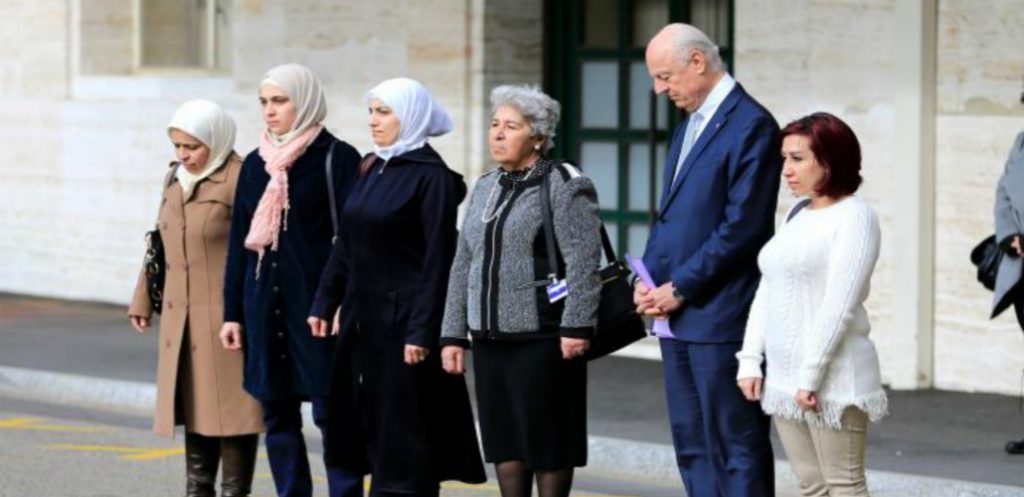
The Syrian crisis began as a peaceful demonstration against the injustice in Syria. Assad regime used to fire power and violence against the civilians and led to armed resistance. 450.000 Syrians lost their lives in the past five years according to UN estimates, and more than 12 million have lost their homes.

